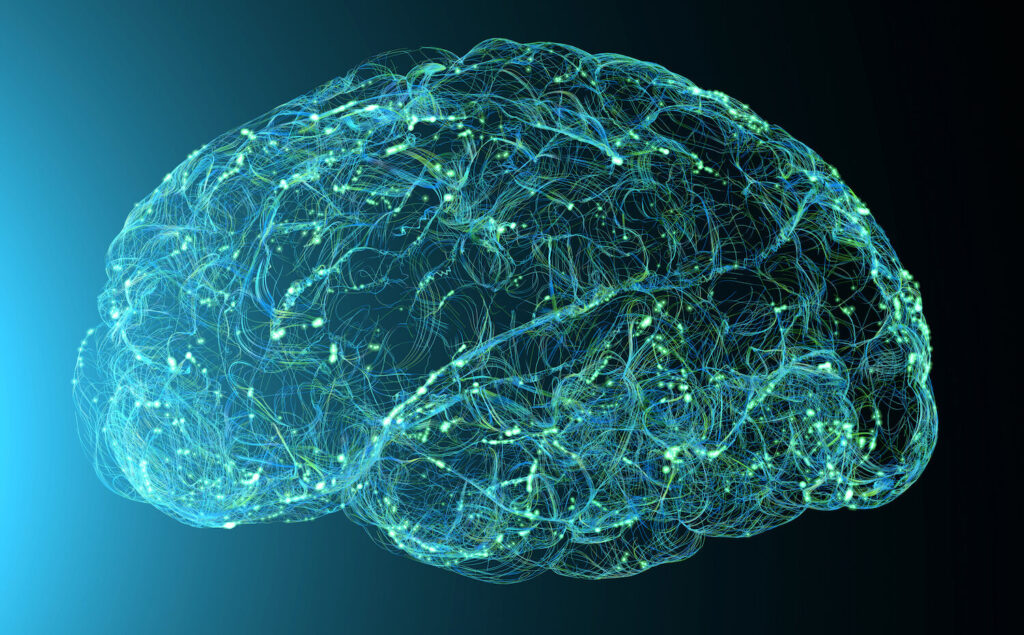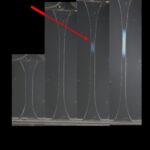The symptoms of schizophrenia vary greatly from person to person, and a newly reported international multicenter study, headed by a research team at the University of Zurich, has found that these differences manifest themselves in the structure of the brain. The study team analyzed data from the Enhancing Neuroimaging Genetics Through Meta-Analysis (ENIGMA) collaboration, an international research project that combined imaging data from more than 6,000 people in 22 countries.
Reporting in a paper in American Journal of Psychiatry “Estimating Multimodal Structural Brain Variability in Schizophrenia Spectrum Disorders: A Worldwide ENIGMA Study, first author Wolfgang Omlor, MD, PhD, and colleagues, stated that the results “ … extend our understanding of structural brain heterogeneity in schizophrenia, an aspect that has been insufficiently studied to date, yet holds significant implications for the neurobiological understanding of the disorder.” The findings, they suggest, could inform on the potential to develop more personalized treatment strategies.
Schizophrenia is a complex mental health condition that affects perception, thought, and emotions. This complexity is reflected in the individual manifestations of the disease: for some patients, perceptual disturbances are the main problem, while for others, cognitive impairments are more prevalent. “In this sense, there is not one schizophrenia, but many, each with different neurobiological profiles,” said Omlor, a senior physician at the University Hospital of Psychiatry Zurich.
To do justice to each of these types of schizophrenia, a precision medicine approach would have to be adopted—for example, with therapies that precisely match the respective neurobiological profile. “This requires approaches that look for both individual differences and similarities at the neurobiological level,” Omlor noted.
In their paper, the authors pointed out that “… the biological heterogeneity of schizophrenia is reflected in structural irregularities of the brain as well as functional abnormalities.” However, they acknowledged, that while the clinical diversity of schizophrenia is reflected by this structural brain variability, “it remains unclear how this variability manifests across different gray and white matter features.”
For their newly reported work, Omlor and colleagues looked at the variability of brain structure in patients with schizophrenia, to see which brain networks show a high degree of individuality and which a high degree of similarity. They examined the ENIGMA dataset of MRI-based brain measures, focusing on several characteristics, including the thickness and surface area of the cerebral cortex, as well as the folding pattern and volume of deeper brain regions. “Variability and mean values of cortical thickness, cortical surface area, cortical folding index, subcortical volume, and fractional anisotropy were examined in individuals with schizophrenia and healthy control subjects,” they explained.
By comparing the brain structures of several thousand patients with schizophrenia and healthy individuals, the variability of brain structure could be studied with a high degree of reliability. “Individuals with schizophrenia showed greater variability in cortical thickness, cortical surface area, subcortical volume, and fractional anisotropy within the frontotemporal and subcortical network,” they found. But unexpectedly, they reported, “folding patterns were more uniform in individuals with schizophrenia, particularly in the right caudal anterior cingulate region.”
The investigators suggested that while variable brain structures in schizophrenia may reflect differences in symptoms between patients, the uniformity of brain folding in the mid-frontal brain area suggests a developmental trait common to people with schizophrenia. Because brain folding is largely completed in early childhood, brain development during this period appears to be less flexible in schizophrenia patients, particularly in areas responsible for linking thinking and feeling processes.
“These findings broaden our understanding of the neurobiological basis of schizophrenia,” said corresponding author Philipp Homan, MD, PhD, professor at the University of Zurich. “While uniform brain folding may indicate possible mechanisms of disease development, regions with high variability in brain structure may be relevant for the development of individualized treatment strategies.”
In their paper, the team stated that their study provides novel insights into the heterogeneity of different structural brain measures in schizophrenia. “In light of increasing interest in neurobiological heterogeneity of schizophrenia high variability in certain neuroanatomical structures may point to potential avenues for the development of more targeted treatment strategies.” On the other hand, they pointed out, low variability of structural features such as folding patterns may indicate features of the disorder that are shared across individuals with schizophrenia. Their study, they suggest, “… underscores the importance of considering variability in our understanding of complex disorders like schizophrenia, a perspective that is essential for a more holistic approach to its neurobiology.”



